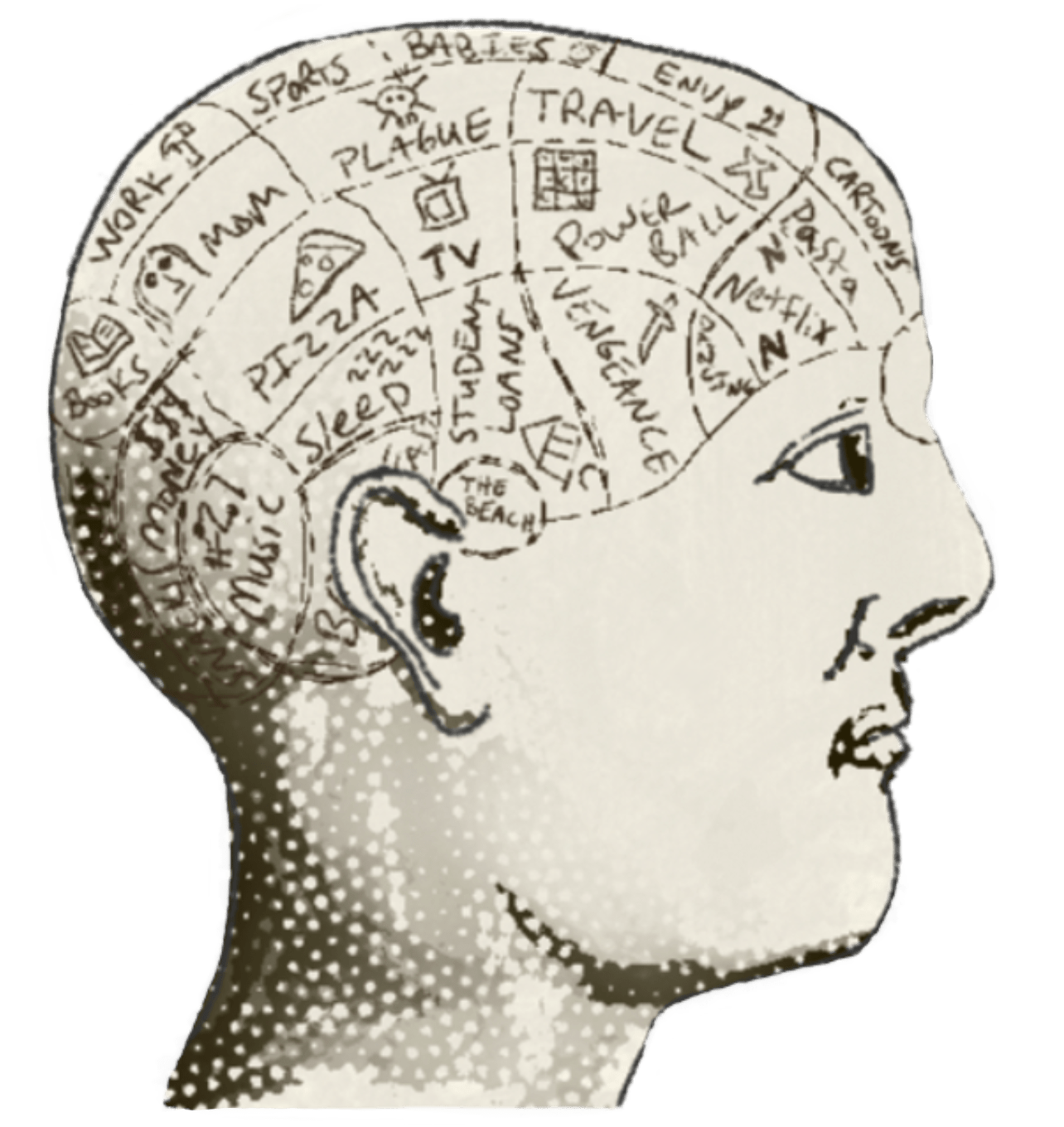The “Good Old Days”
How to leverage digital content and virtual experiences to keep audiences connected to your mission and bring them closer to your museum.
I recently had the honor of participating in a virtual convening about digital engagement at museums. Hosted by the Association of Science and Technology Centers (ASTC), the conversation centered on exploring the challenges and opportunities of sustainable approaches for digital and virtual projects. Topics ranged from staffing and capacity considerations to financial models and measurement of digital initiatives.
Digital engagement offers a way for museums to stay connected to audiences and extend their missions. As I’ve been thinking a lot about the future of digital engagement at museums, I thought I’d share a few of the things that are on my mind.
It’s no longer an “either/or” proposition … digital will always be an “and.”
If the pandemic has taught us anything, it’s that museums have an immense opportunity to reach and engage (sorry, Kyle) audiences via digital programming and virtual experiences. When it forced museums to innovate and consider new ways of meeting their missions during shutdowns, COVID-19 ushered in a new digital era for cultural organizations and demonstrated the significant, missed opportunity to better connect with audiences. For the first time, museums got to see a glimpse of the potential that digital holds for engaging audiences (sorry again, Kyle) beyond the on-site museum experience.
Does your digital initiative hit the sweet spot when you apply the lenses of desirability, feasibility, and viability?
Desirability: What do your current audiences (e.g., members, visitors, and donors) and prospective audiences need and want? How does your idea address a pain point or solve a problem?
Feasibility: Does the digital initiative build on your core competencies? Do you have the capacity, infrastructure, and expertise to make it successful?
Viability: Does the solution have long-term growth potential? What’s the revenue model?
Which digital initiatives are showing the most promise at museums?
While few museums have jumped into fully digital business models such as a digital-only membership level, those that have are seeing some early success. However, for the majority of organizations, the most viable opportunity to leverage digital is in the creation of evergreen digital content and unique virtual experiences.
From my perspective, evaluating how digital offerings can improve the member experience and create more member value should be a key area of focus.
One great example comes from the Field Museum which has seen success with the introduction of virtual Members’ Nights.
What’s really interesting is that while the pandemic created the urgency for the Field to find a new way to keep members engaged during closure, virtual member events has helped to reactivate members who had not visited or participated in member programming for years. Many of these newly re-engaged members had moved out of state or were unable to attend in-person member events for some other reason such as lack of transportation or lack of childcare. We would be wise to remember that barriers to on-site participation existed long before COVID-19.
Notably, evergreen digital content that can be repurposed for multiple audiences and monetized is likely to be the most actionable strategy for museums in the near term.
What should museums consider when it comes to digital engagement?
Always begin with the end in mind: Who is the target audience? What is the goal (both theirs and yours), and how will you measure it?
There’s also the issue of marketing. The digital space is very crowded, and it’s not going to be feasible for every organization to invest at the kinds of levels necessary to become top of mind and get the kind of ROI to make a digital initiative sustainable. In the digital space, cultural organizations are competing with for-profit companies that have much deeper pockets and established brands so museums will need to be strategic about how to direct their limited resources.
How can museums better measure the impact of digital efforts?
Test (and test some more) to gather valid data that will allow you to gauge the true impact of digital. Have a plan from the start about what you’re going to measure and why. And be careful of vanity metrics like YouTube views or website traffic. Instead, focus on those key performance indicators that tie to long-term sustainability like member retention and email list growth. If you can directly link digital initiatives to an income-producing area of the business like membership or fundraising, you’ll be better able to articulate the true ROI of the program, content, or event.
Where do we go from here?
Yes, Zoom fatigue is real.
No, not everything should be translated into a digital format.
Yes, the digital divide is problematic.
No, not everyone will prefer digital.
Yes, some will, and we should be thinking about how to better meet them where they are.
No, not everything needs to be “hybrid.”
Yes, people are willing to pay for digital content and virtual experiences.
No, you shouldn’t stop experimenting with digital.
Yes, digital is additive.
No, we’re not going backward.
Digital is here to stay so let’s prepare for how to maximize this new reality, instead of thinking of ways to return to the “good old days.”
Thanks for reading,
Rosie
P.S. If you’d like to dive deeper into topics like these, please join me in the MAP Community’s Membership Innovation Group, where we spotlight exciting work happening in membership programs in cultural organizations around the country.
